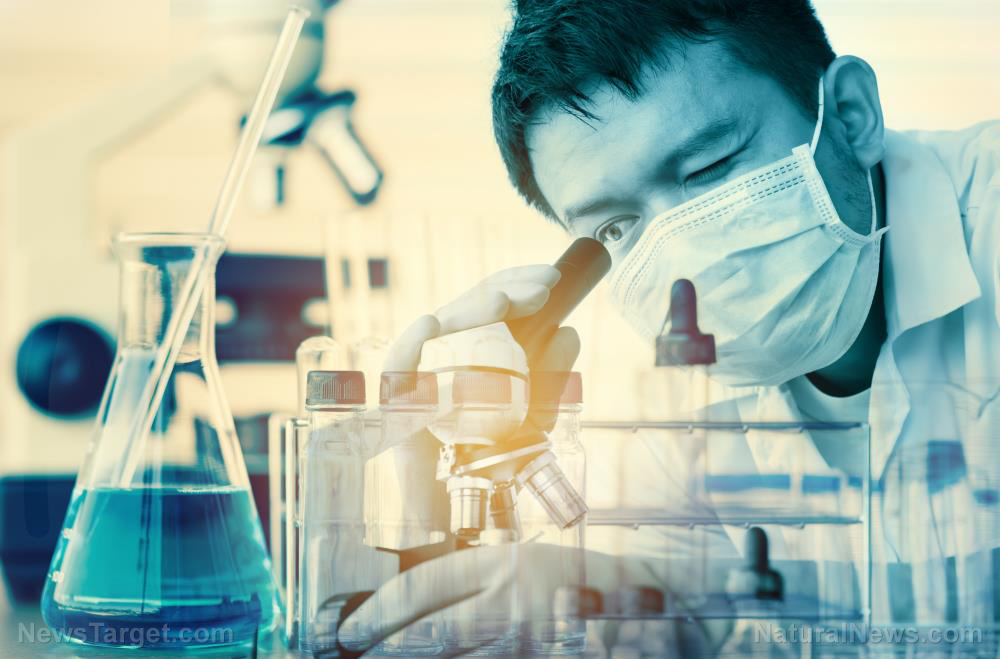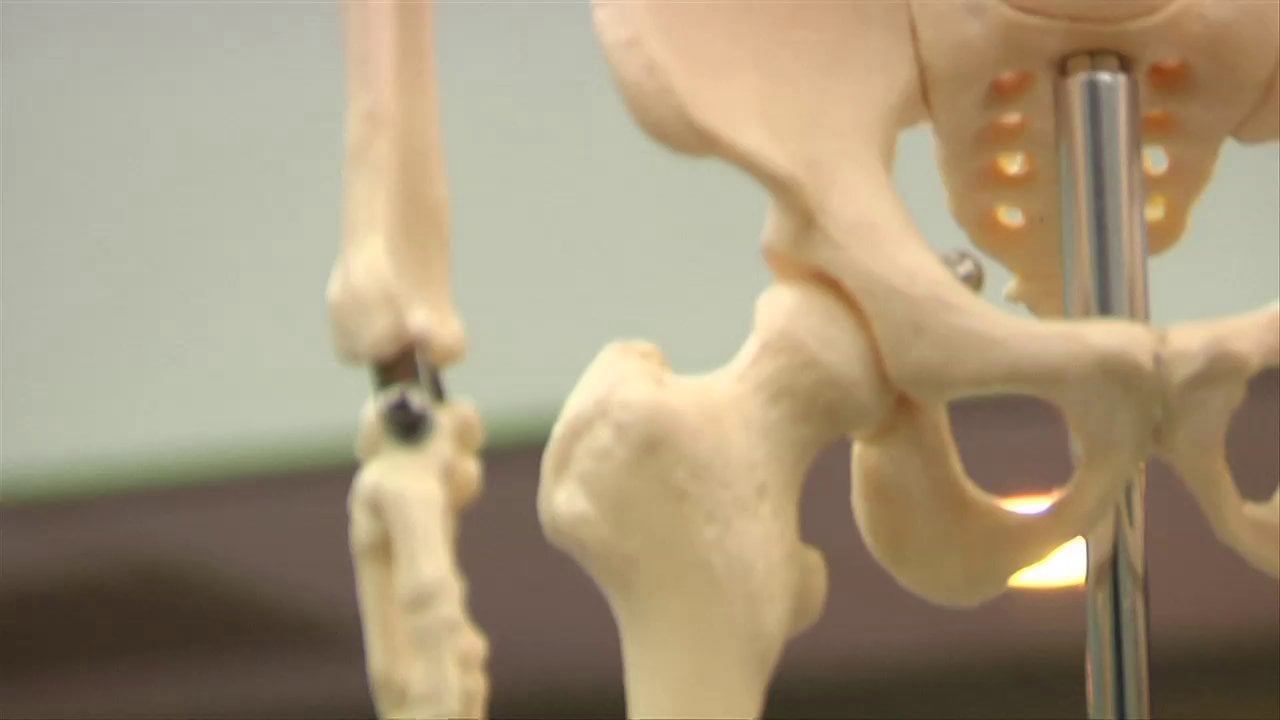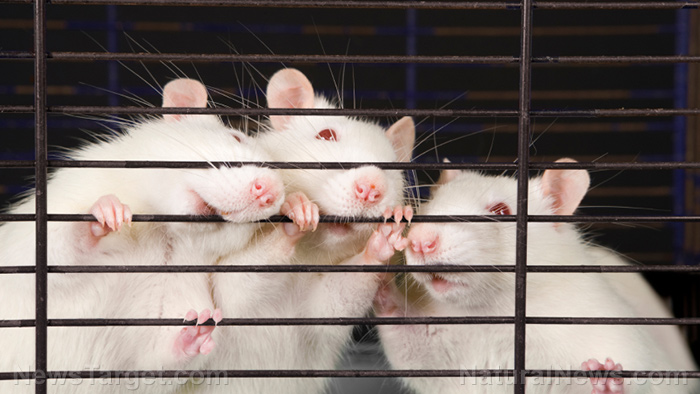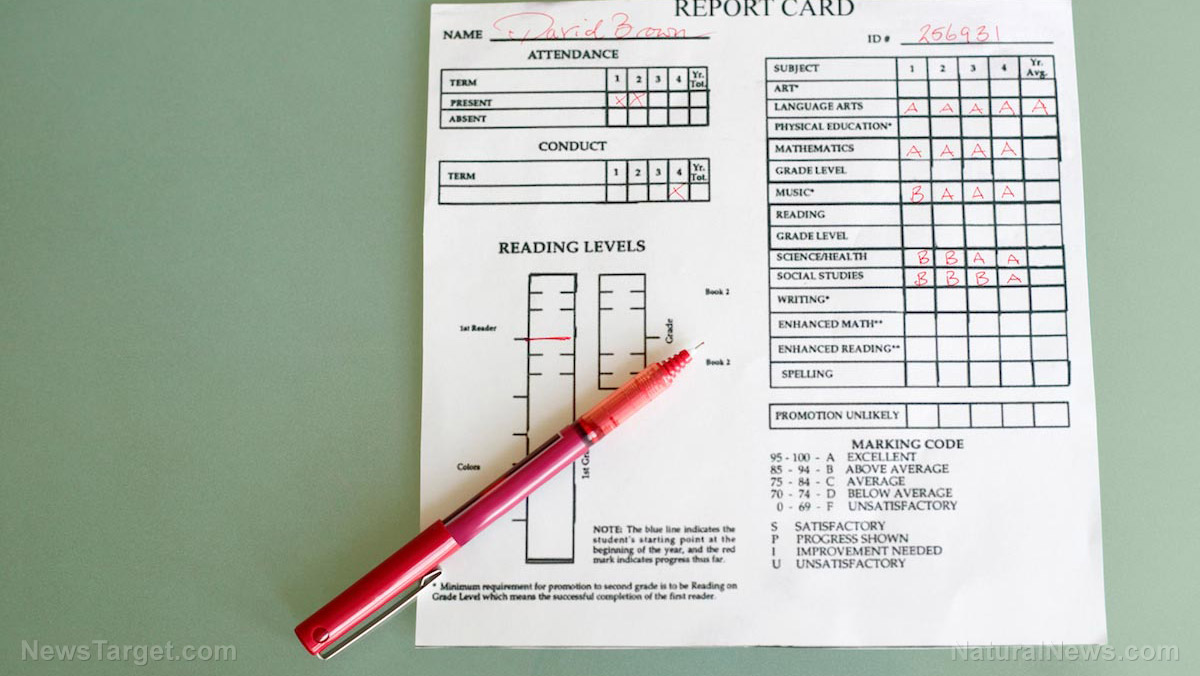Bad science warning: More than 30,000 studies may have been compromised by contaminated cell lines used for decades
10/18/2017 / By Isabelle Z.
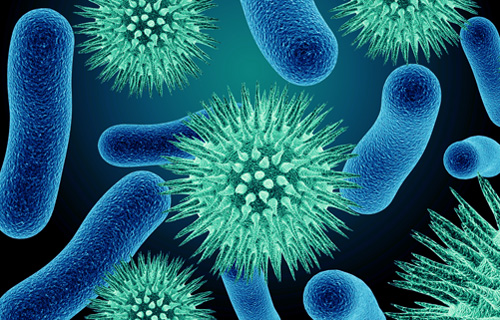
What if everything you thought you knew turned out to be wrong? Books and movies have posed this dramatic question in the past, but now it could become reality as new research casts doubt on the cell samples used for more than 30,000 scientific studies.
According to a report out of Radboud University in the Netherlands, 451 cell cultures that were used for thousands of scientific experiments are contaminated, and this could have resulted in ineffective treatments being approved. When you consider the fact that some of these contaminated cells date back six decades, it’s clear how extensive the damage could be. The nearly 33,000 papers that used the incorrect cell lines were cited in around half a million other papers. Making matters worse, these cells are still being used for research, which means that future decisions could be based on faulty data.
The researchers made this startling discovery while examining data from the International Cell Line Authentication Committee and the group’s Register of Misidentified Cell Lines. They compared this information with a database to find out exactly how many scientific studies could be affected. It is one of the first studies to examine just how extensively scientific literature could have been impacted by cell line contamination.
Some of the contaminated cells involved are the HeLa cells taken from cervical cancer patient Henrietta Lacks without her permission in 1951. These cells became famous for showing that human cells are immortal and can even be grown in labs. They were later used to create the polio vaccine and as part of research into in vitro fertilization.
How can cell lines be contaminated?
In some cases, using multiple cell lines at the same workbench in a lab can cause issues, and general carelessness could also play a role. Some cell lines are very tenacious and can easily take over other cultures, which was the case with more than 451 cell lines. In fact, cell lines are often selected based on their hardiness and ability to reproduce over a long period of time, which means it’s easy for them to spread throughout a lab, for example, if they happen to get on a researcher’s gloves.
International Cell Line Authentication Committee Chair Amanda Capes-Davis explained how easy it is for cell lines to be contaminated, saying: “When cells are first placed into culture, they usually pass through a period of time when there is little or no growth, before a cell line emerges. A single cell introduced from elsewhere during that time can outgrow the original culture without anyone being aware of the change in identity.”
The semiprivate ownership of many cell distribution centers is also a factor, with fears that disclosing wide-scale contamination problems could hurt the bottom line or cause irrevocable damage to their reputation.
Thankfully, it is possible to prevent contamination to a large degree by using protocols such as genetic testing and hygienic fume cupboards, although these do require an investment of time and money.
The study’s co-author, Willem Halffman, said that decreasing the pressure to publish and requiring that researchers carry out genetic testing prior to working with cells could help keep the problem to a minimum.
Although lead author Serge Horback points out that it’s “an honest mistake” as most scientists would not intentionally publish findings that used the wrong cells, it’s a very big problem because it could invalidate a huge body of research that will be impossible to reproduce.
The researchers believe that amendments should be added to the published papers that used misidentified cell lines, but they believe it’s important not to overreact.
This leads us to even more frightening questions: Just how many of our modern treatments are based on faulty studies, and how many potentially effective treatments could have been overlooked as a result?
Sources include:
Tagged Under: cell line contamination, faulty studies, HeLa cells, Henrietta Lacks, medical fraud, medical research, research, studies







